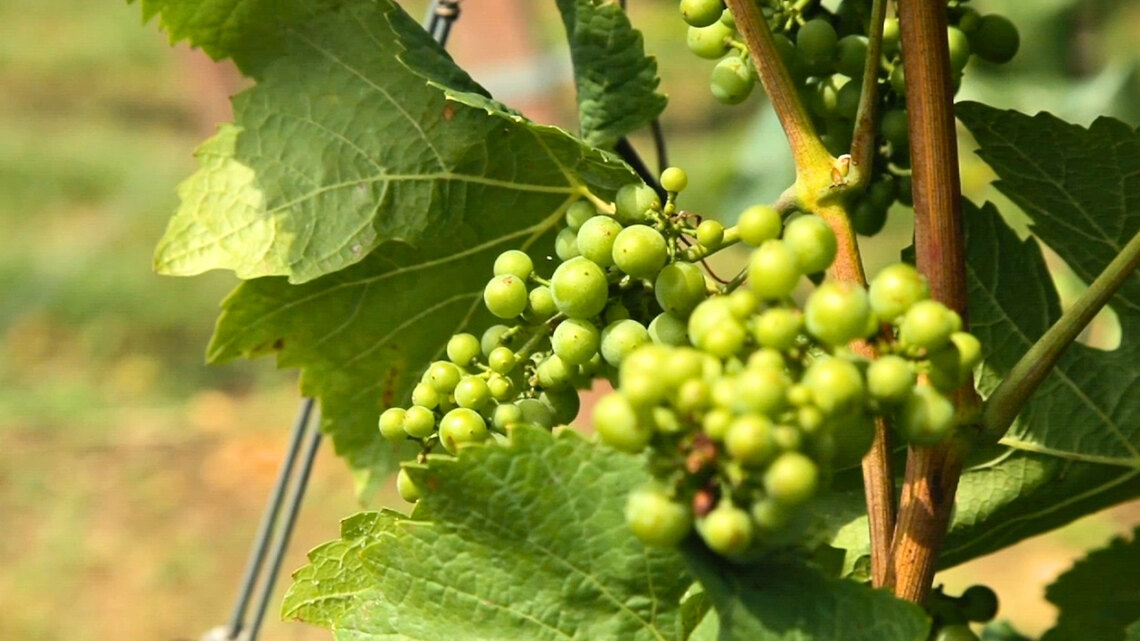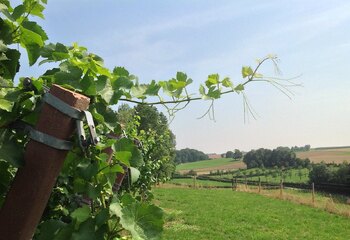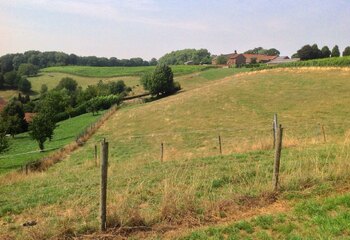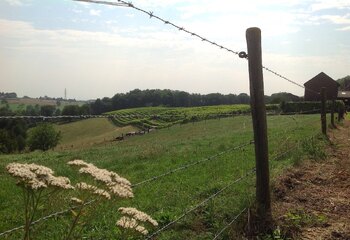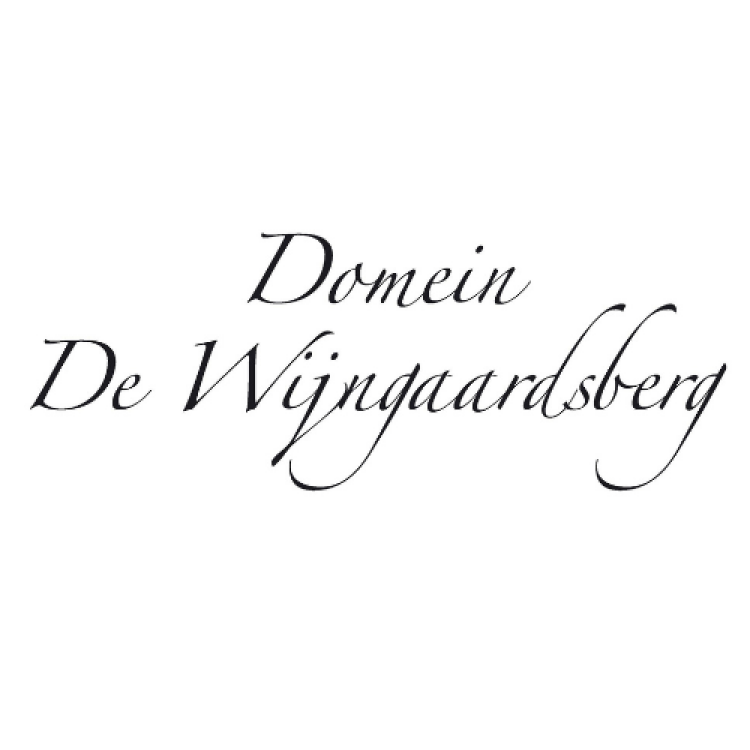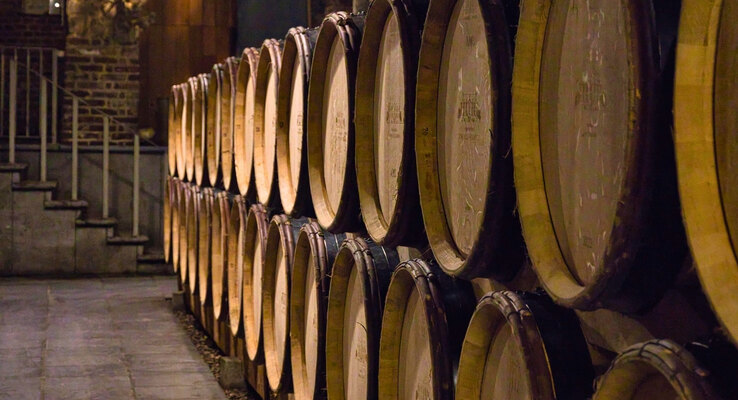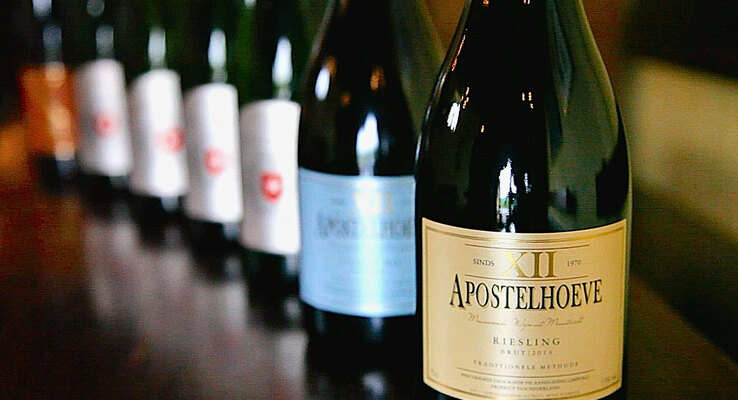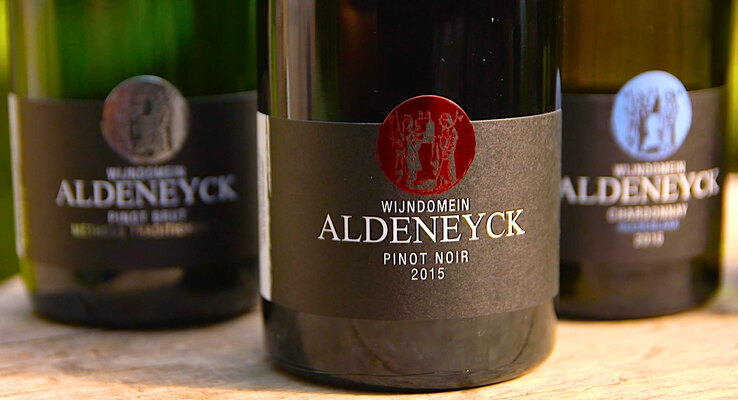"Wijngaardsberg is in a location that has a long wine history in the Netherlands."
Netherlands wine history
Some people might think that winemaking in this country is some new and foolish idea. Be surprised... the oldest evidence of winemaking in The Netherlands can be found in the southern province of Limburg. On the current location of Domein De Wijngaardsberg vines were planted as early as in 968!
The vineyards were situated alongside the Roman road that lead from Meerssen to what nowadays is a hamlet named Hunnecum. This ancient road was part of an important Roman trade route, the Via Belgica.
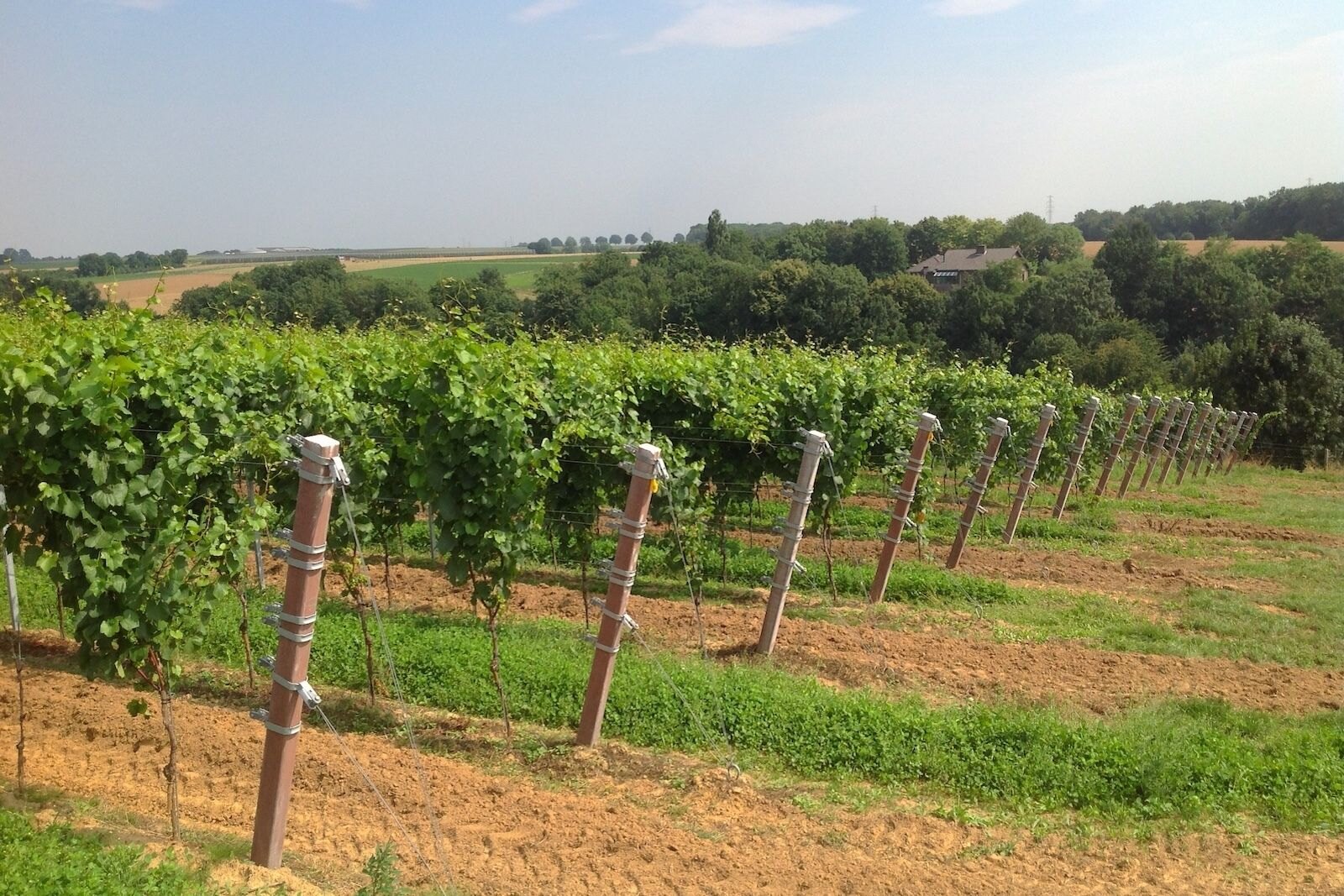
Wealthy nobles often used to donate land to the church, and so was this piece of land with its vineyards given to the church by French queen Gerberga of Saxony. At that time she ruled as regent this former northern-most province of the Roman empire. Therefore it was French Benedictine monks from the Champagne region that brought the knowledge of winemaking to this southern part of Limburg.
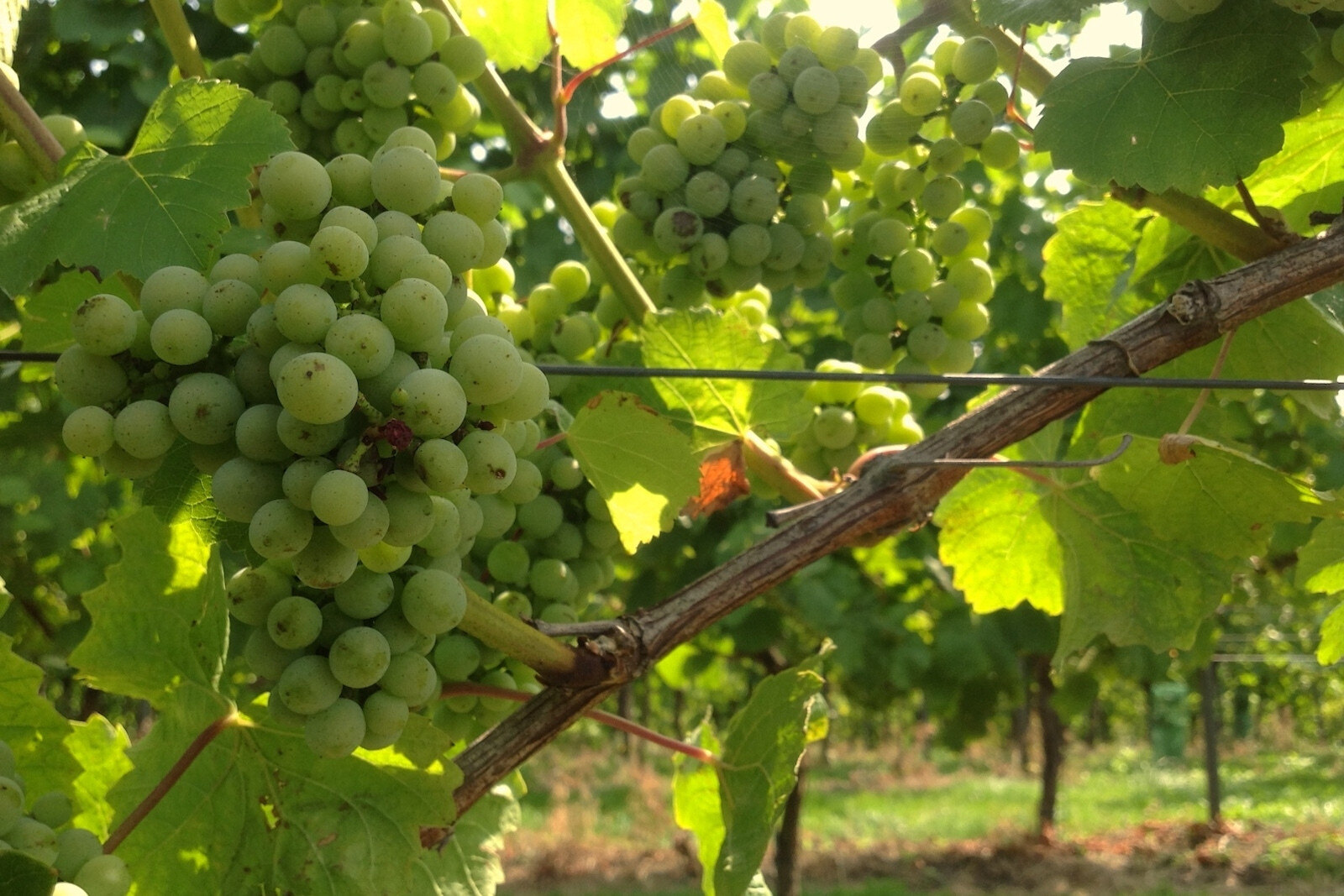
A cooler period with often extreme cold winters between roughly 1300 and mid 1800, better known as The Little Ice Age, was one of the major causes that vineyards eventually disappeared. It is said that Napoleon finally ordered to destroy the remaining vineyards in the Netherlands to protect the French wine business.
In the beginning of the 19th century the weather slowly started to get a little warmer. Nowadays the nearby city of Maastricht has the same climate as Dijon (yes, Burgundy!) in the 1970’s. So it’s not that strange that in 2002 a new start was made and a first half hectare of vines was planted here.
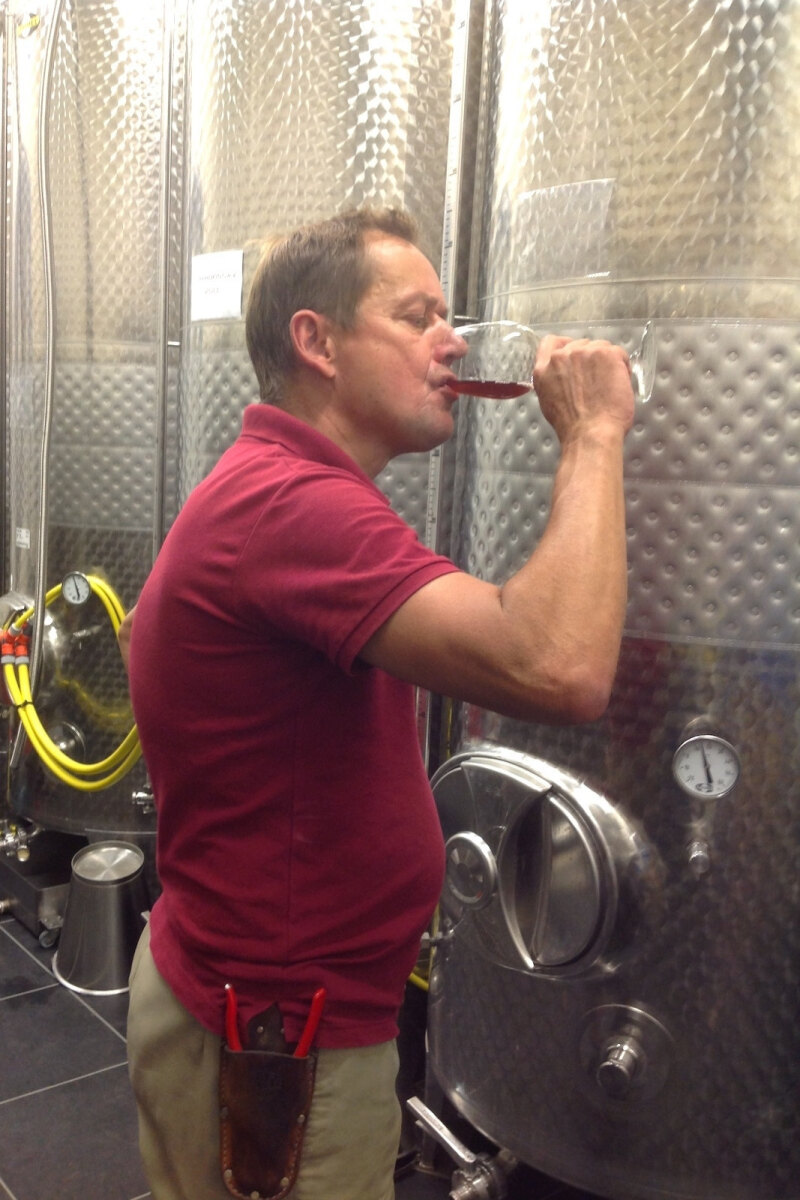
Wines from Limburg
We visited passionate Limburg winemaker Jules Nijst on a beautiful sunny day in the village of Ulestraten. Excellent conditions to shoot a short film between the vines. The first half hectare of these vines that were planted here in 2002 consisted of classic grape varieties like Pinot Gris and Auxerrois. In 2008 he planted another 1,5 hectares, but now with Chardonnay and Pinot Noir.
Two years later a beautiful terraced vineyard with Pinot Gris was constructed in the rolling hills. More Chardonnay and Pinot Noir were added later and nowadays Jules has three hectares, making Burgundy-style varietal wines of these four classic grape varieties and also a Traditional Method Brut, a blend from Chardonnay and Pinot Noir.
Mergelland PDO
The composition of the soil, which consists of a layer of loess with marl underneath makes this location, Mergelland, quite suitable for wine cultivation. The climate, geography and this composition together make up for a unique situation in the Netherlands.
Quite recently, since the beginning of 2018, Mergelland is now an officially registered Protected Designation of Origin (PDO) and there are more PDO's for winemaking in the culinary province of Limburg in the Netherlands! Perhaps the most well known producer of PDO wines from Mergelland is Wijngaard Apostelhoeve, which is also the oldest commercial vineyard in the Netherlands.
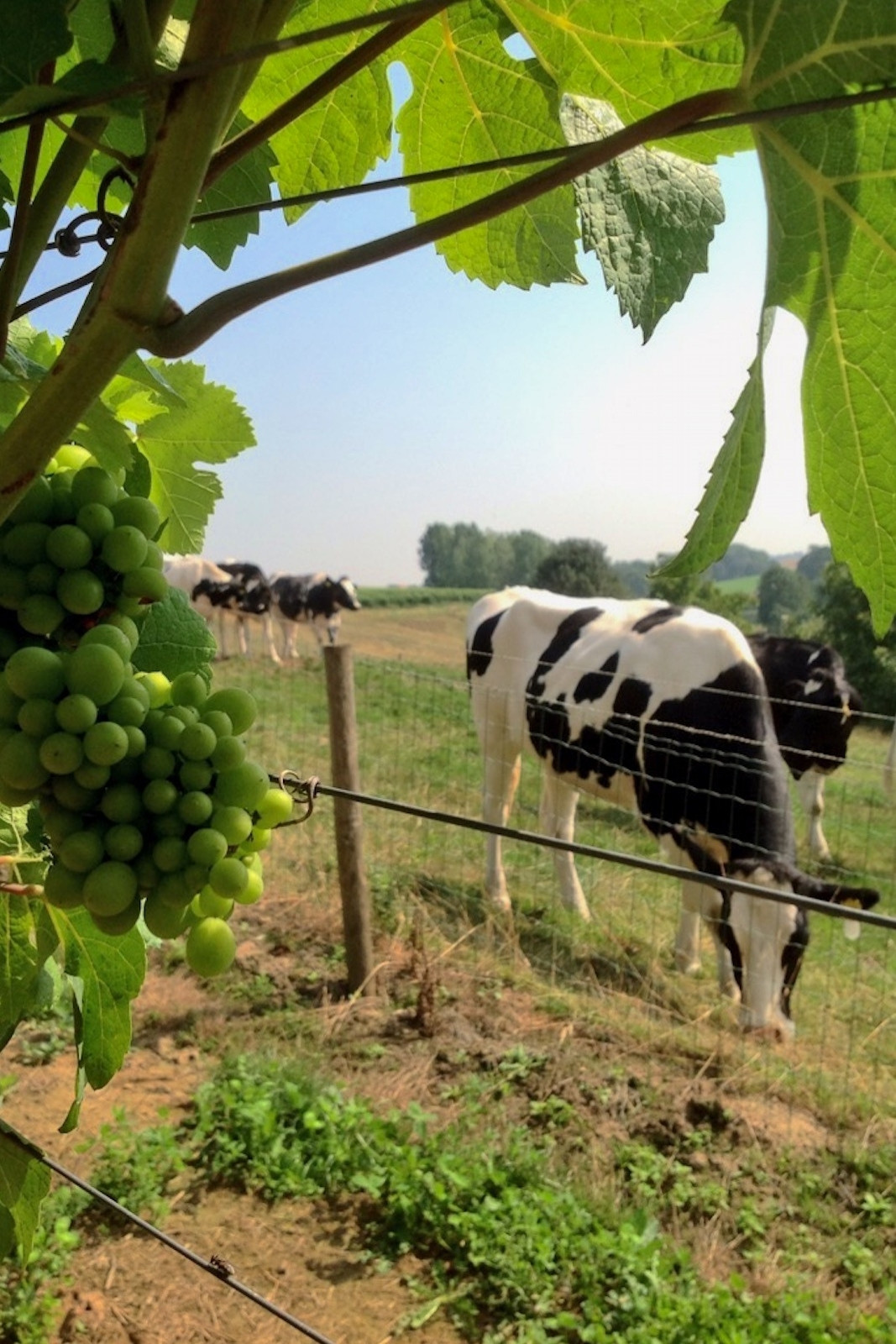
Enjoy the good life in Limburg
Domein De Wijngaardsberg is situated in the southernmost part of the province of Limburg, just a fifteen minute drive from the old historical city of Maastricht. This region borders on the east with Germany and in the west and south on Belgium. Inhabitants of the South of Limburg are known to enjoy the good things in life and so you can also find quite a few craft food producers here.
Multiple Dutch wineries and breweries are waiting for you to pay a visit, so what are you waiting for? Please contact De Wijngaardsberg beforehand if you’re interested in a tour and tasting. More suggestions? Drop by nearby Wijngaard Apostelhoeve or hop across the border and pay a visit to one of Belgium's largest wineries, Wijnkasteel Genoels-Elderen.
Updated: 11-04-2025
